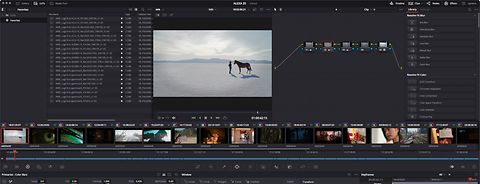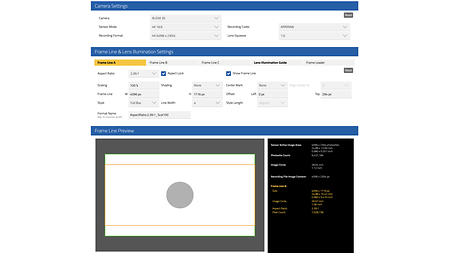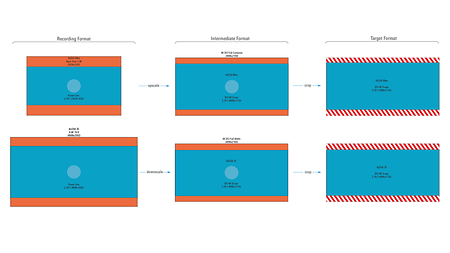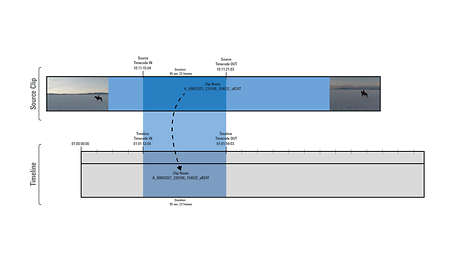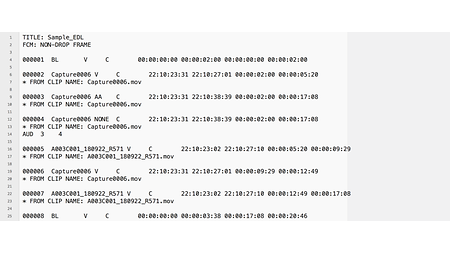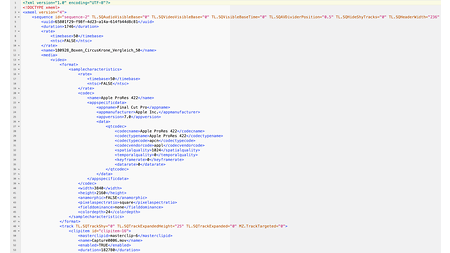Before shooting commences, every production should conduct a postproduction meeting with all those involved in the workflow in order to define the final target format and avoid problems during the postproduction process.
There are many delivery formats with different aspect ratios and resolutions. Some well-known examples include:
• HD 1.78:1 1920x1080
• UHD 1.78:1 3840x2160
• HD 2.00:1 1920x960
• UHD 2.00:1 3840x1920
• DCI 2.39:1 (Scope) in 2K 2048x858 or 4K 4096x1716
• DCI 1.85:1 (Flat) in 2K 1998x1080 or 4K 3996x2160
It is good practice to get in touch with the production team and DP to confirm the correct framing before starting postproduction work. It’s also helpful to shoot a so-called frame leader and forward it to the post facility to ensure correct aspect ratio and framing during the final color correction and finishing/mastering.
For example, shooting for a final delivery in Scope (2.39:1), it is necessary to frame correctly with the camera on set. The frame lines function in the camera can help with this. For more information regarding frame lines, please visit our Frame Line and Lens Illumination Tool, where you can create and download frame lines for all ARRI cameras.
